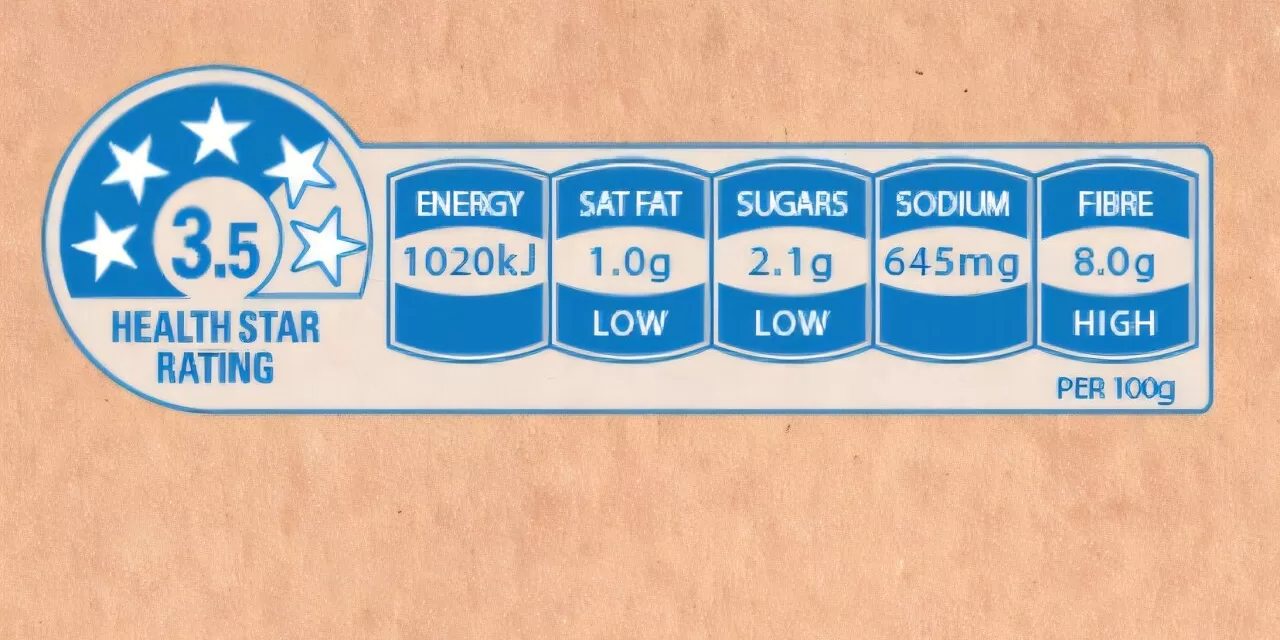The way Canadians view nutrition labels on food packaging is about to undergo a major transformation. By 2025, new front-of-package labels will begin appearing on grocery store shelves, with mandatory implementation by January 2026. This move is part of the Canadian government’s strategy to help guide consumers toward healthier food choices and reduce the risk of chronic diseases such as heart disease, diabetes, and hypertension.
Simplifying Nutrition Information
For years, traditional back-of-package nutrition labels have been a cornerstone of public health strategies, offering detailed nutritional data. However, these labels have often been overlooked due to their complexity and placement, making it difficult for consumers to make informed choices. The new front-of-package labels aim to tackle this issue by simplifying key nutritional information and positioning it prominently on the front of food packaging.
The labels will feature a simple black-and-white magnifying glass icon, indicating products that are high in sodium, sugars, or saturated fats—nutrients linked to various health conditions. The aim is to make it easier for Canadians to spot and understand the nutritional content of their food at a glance.
Exemptions will apply to fresh produce, plain dairy, and raw meats, acknowledging that these foods typically have inherent nutritional benefits.
Research-Driven Design
The design and implementation of these labels have been informed by years of research and consumer testing. Since 2016, Health Canada has conducted extensive focus groups, surveys, and in-store experiments to refine the labels’ design, ensuring they are clear, consistent, and bilingual. The goal is to make the labels easy to recognize and understand, ultimately leading to healthier food choices.
Addressing Health Literacy Challenges
While the initiative shows promise, some challenges remain. Health literacy varies widely across different segments of the population, and some consumers may struggle to understand or act on the new labels, especially regarding the risks of sodium, sugars, and saturated fats. Education campaigns are crucial to ensure that all Canadians, regardless of their socioeconomic status, can make informed decisions.
Moreover, manufacturers will need to adapt to these new standards, which may involve reformulating products to reduce harmful nutrients. This process could trigger significant changes in ingredient sourcing, recipe development, and packaging redesign—efforts that may prove costly, especially for smaller businesses.
The Path Ahead
Despite these hurdles, front-of-package labeling has the potential to spark significant positive changes within the food industry. Over time, manufacturers may prioritize healthier formulations to avoid negative labeling, and consumer demand for healthier products may drive innovation. However, these shifts will require supportive policies, such as tax incentives and subsidies, to help manufacturers navigate the challenges of reformulation and packaging redesign.
While the full impact of the new front-of-package labels remains to be seen, this policy represents a significant step toward improving public health and empowering Canadians to make better-informed food choices.
Disclaimer: This article is based on information provided by Health Canada and The Conversation. The implementation and effectiveness of front-of-package labels may evolve over time.











